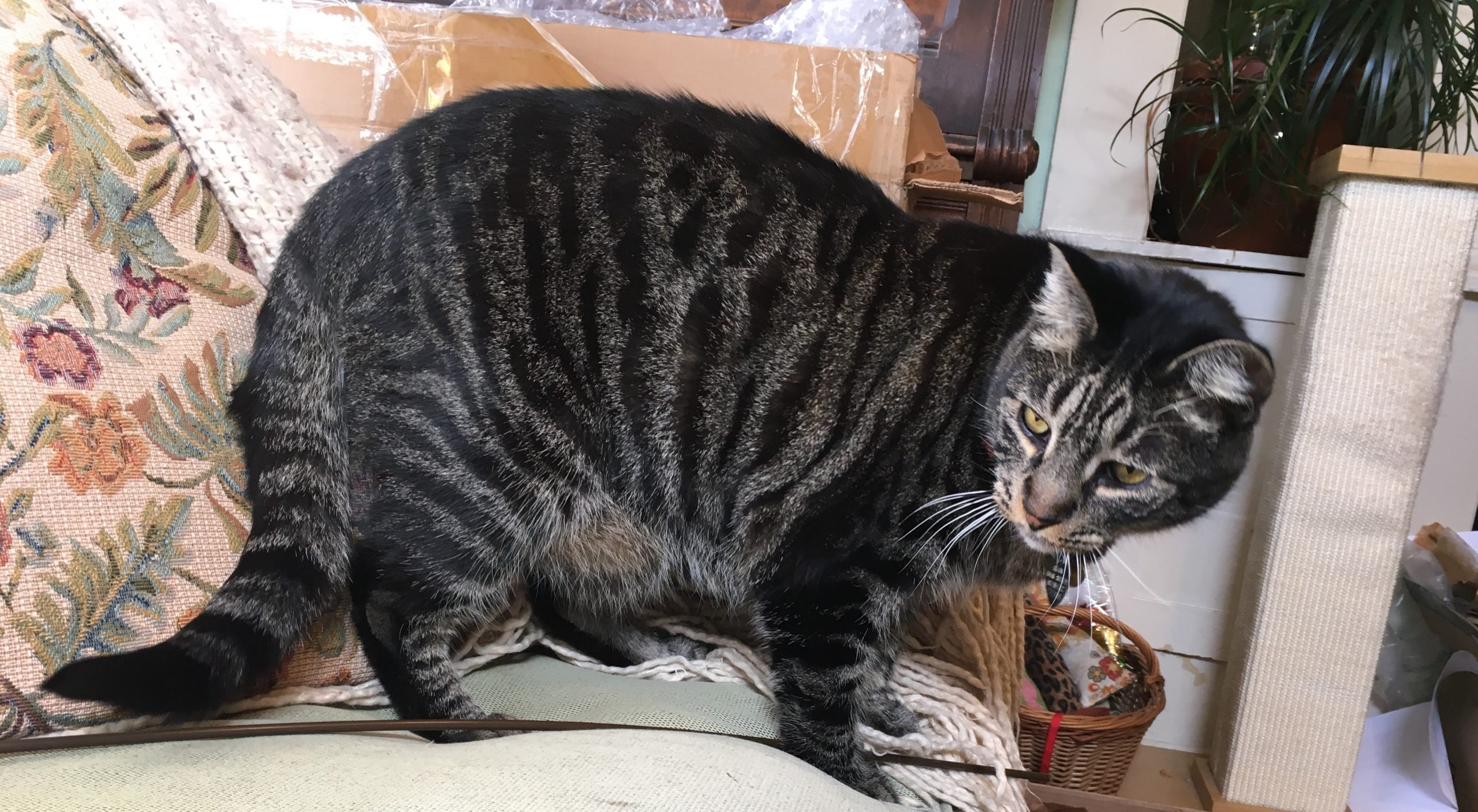Ever noticed that soft, saggy flap of skin under your cat's belly? It's known as the primordial pouch, but what exactly is its purpose?
The primordial pouch is a common feature among cats, ranging in size and prominence. It's a mix of fat, skin, and fur, extending along the length of the cat's underside. Interestingly, this feature isn't exclusive to domestic cats; big cats like lions and tigers also sport them.
So, why do cats have these belly pouches? While there isn't a definitive answer, veterinarians have a few theories:
-
Protection: Some experts believe that the pouch serves as a protective cushion for the cat's internal organs, especially during fights or when escaping from predators.
-
Flexibility: Another theory suggests that the pouch provides extra flexibility while running, enabling cats to cover more ground and maneuver quickly.
-
Energy Reserve: The pouch may act as a fat reserve, storing energy for times when food is scarce.
Despite their name, primordial pouches aren't necessarily a sign of obesity in cats. They come in different sizes, influenced by genetics, breed, weight, and age. Even lean cats can have prominent pouches.
The internet's fascination with cat bellies, or "tum-tums," is undeniable. Social media is flooded with adorable photos of cats flaunting their pouches, captivating cat lovers worldwide. But why are we so drawn to these fluffy bellies?
According to animal behaviorists, our attraction to cat bellies stems from our innate instinct to protect and nurture vulnerable creatures, like babies. When we see our cats displaying cuddly behavior, our brains reward us with happy hormones, reinforcing our desire to care for them.
Primordial pouches go by many names, reflecting their endearing nature. From "jelly belly" to "cookie pouch," each nickname adds to the charm of these adorable feline features.
While the exact purpose of primordial pouches remains a mystery, one thing is certain—they add to the irresistible charm of our beloved feline friends.
